Department of Noise elaborates Sound Identity for Quickline
The new sound identity developed by Department of Noise is designed to help Quickline increase brand awareness during its current market expansion, while positioning itself clearly and differentiating itself.

Telecommunications include fiber-fast lines, TV boxes, apps and the latest in hi-tech. But should it sound the same? Department of Noise is convinced that customer service that is regionally based and has a local presence and expertise is worth at least as much. And this is where Quickline's new sound identity comes in: authentic, personal and Swiss. And thus differentiate itself from the competition in a refreshing way.
In September 2022, Quickline, Switzerland's fourth-largest telco provider, took the step from a regional to a national provider: Now all households in Switzerland can be reached. In order to win over these potential customers, the move is being accompanied by a broad-based communications campaign designed to make the brand known and noticeable beyond its current coverage area (Werbewoche.ch reported on the associated launch campaign). In the context of these measures and the need for a launch sound for the Quickline TV box, Department of Noise was commissioned to create a sound identity in the "sweet spot" between brand, ambition and market differentiation.
Within the strategic considerations, it became clear that proximity, warmth and empathy are the central aspects in Quickline's sound world. This is also intended to underscore the regional, family-like connection that characterizes the company. Accordingly, technical competence and experience are not emphasized by digital sounds, but by a multi-layered, dynamically executed sound image of acoustic and "classical" instruments.
During the creation phase, the brand sound was repeatedly placed in the context of the already produced Awareness campaign by Quickline and echoed. It was thus further sharpened and was also used there for the first time - together with the new audio logo.
The first stage of the project was completed with the development of a flexible scoring toolkit for social media communication and the touchpoint-specific launch sound of the Quickline TV box. "Developing sound and music that fit our positioning, cover different needs and uses, and override personal preferences was tricky and exciting work," says Iva Krüttli, Head of Communications at Quickline. "DoN kept picking us up with close listening and their expertise, keeping us involved in the process and guiding us to the goal." Urs von Ins, CMO at Quickline, adds, "DoN managed to steer us past every taste trap and, with their strategic approach, gave us the certainty that we were on the right track. Now we have a sound identity that is congruent with the brand strategy - and clearly differentiates us in a noisy environment."
Responsible at Quickline: Iva Krüttli (Head of Communications), Urs von Ins (Chief Marketing Officer), Roland Kopf (Product Manager TV); Responsible at Department of Noise: Florian Goetze and Ph!L!pp Schweidler (Strategy & Creative Direction), Yves Gerber (Creative Producer).












 For the study, Globeone asked 1,200 Swiss consumers what they thought of the purpose statements of the leading Swiss companies. "The respondents assessed how memorable, credible and clearly formulated they thought the formulations were. They also indicated whether a statement has personal relevance for them and whether, in their view, it provides an understandable answer to the question of why a company exists," explains Carina Hauswald, Managing Partner of Globeone.
For the study, Globeone asked 1,200 Swiss consumers what they thought of the purpose statements of the leading Swiss companies. "The respondents assessed how memorable, credible and clearly formulated they thought the formulations were. They also indicated whether a statement has personal relevance for them and whether, in their view, it provides an understandable answer to the question of why a company exists," explains Carina Hauswald, Managing Partner of Globeone.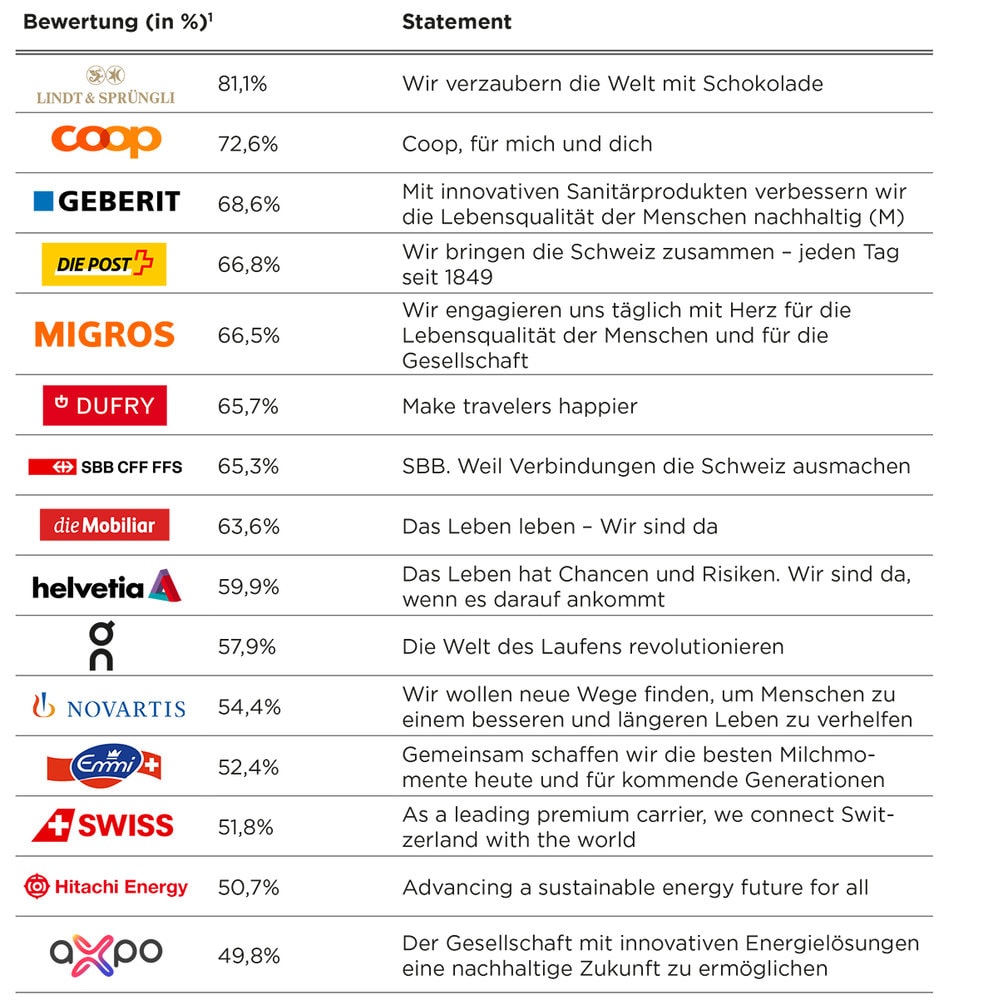
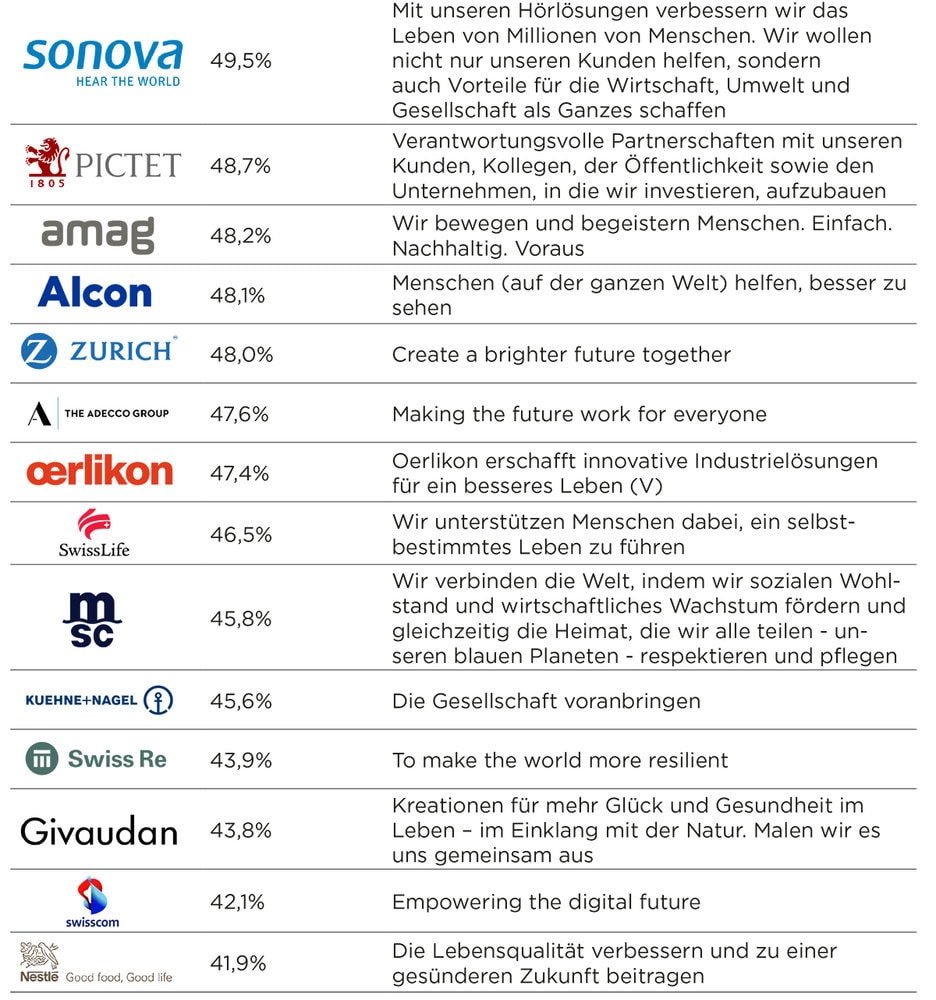








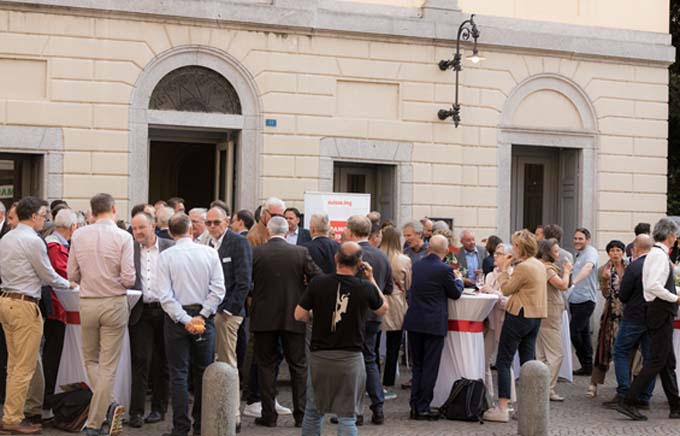
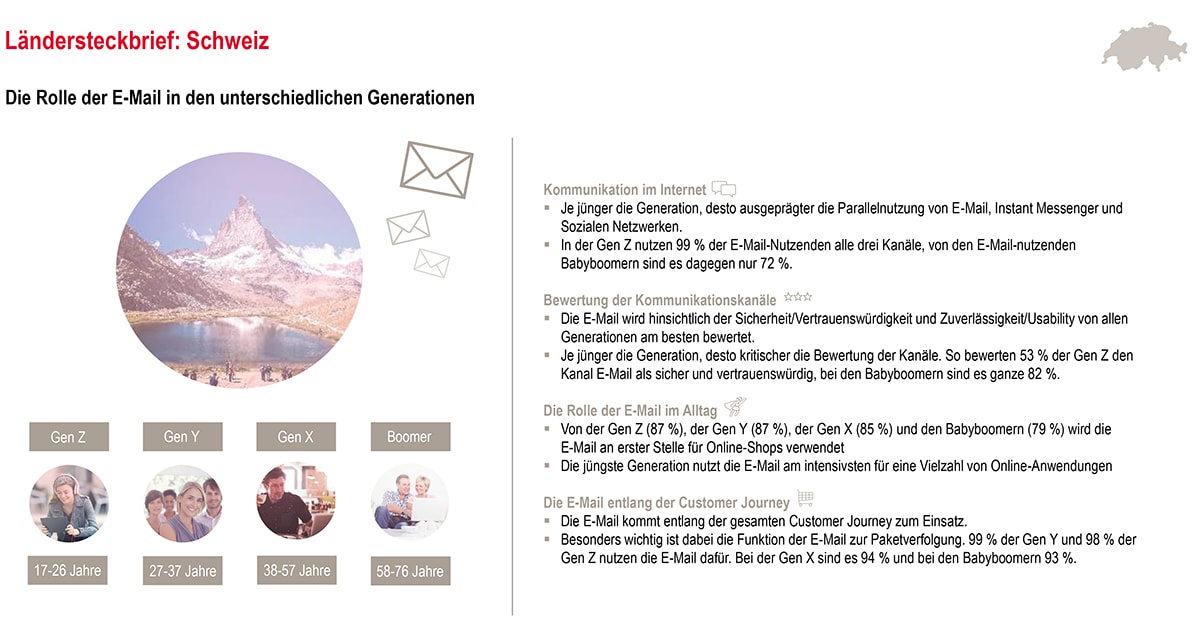





 In the meantime, marketing automation and marketing technology have outgrown their infancy, writes
In the meantime, marketing automation and marketing technology have outgrown their infancy, writes 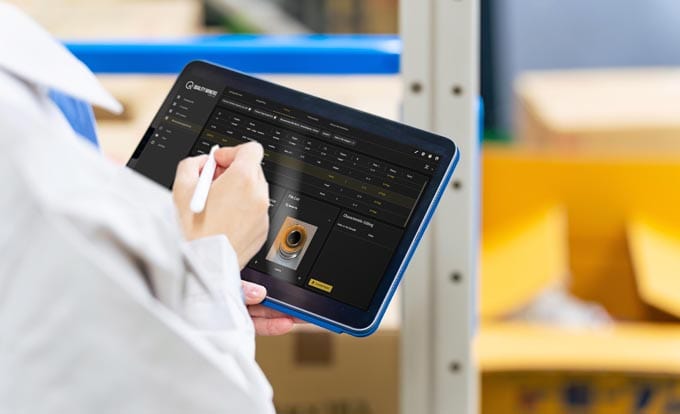
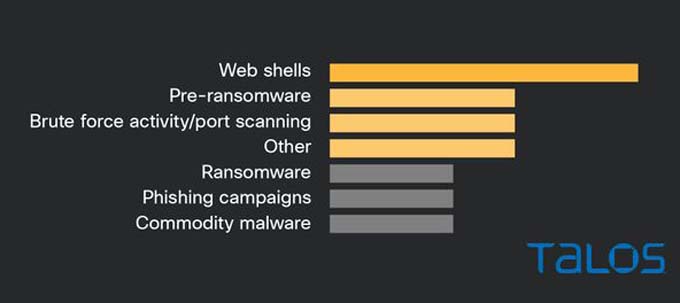
 A new Fanta is now available throughout Switzerland that will put taste buds to the test and make them ponder - because the purple bottles reveal nothing about their contents. For the fourth year in a row, fans are being called upon to solve the mystery surrounding the mysterious flavors of the limited edition What The Fanta.
A new Fanta is now available throughout Switzerland that will put taste buds to the test and make them ponder - because the purple bottles reveal nothing about their contents. For the fourth year in a row, fans are being called upon to solve the mystery surrounding the mysterious flavors of the limited edition What The Fanta.